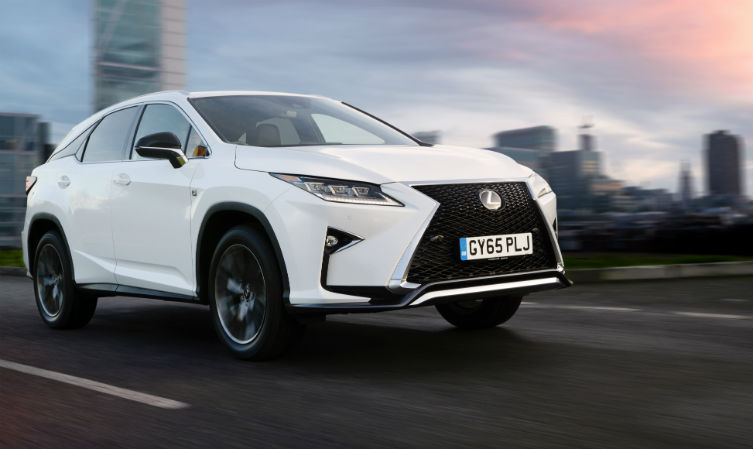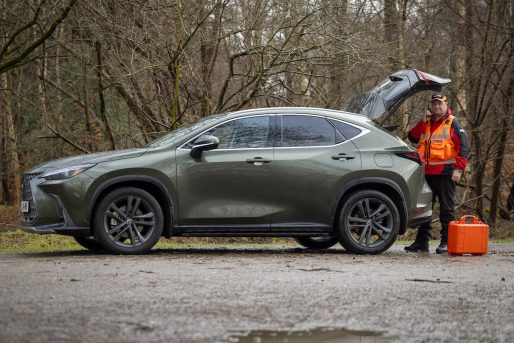1. The first-generation Lexus RX effectively created the luxury crossover segment and immediately became the manufacturer’s best-seller, securing approximately half of all Lexus sales throughout the world.
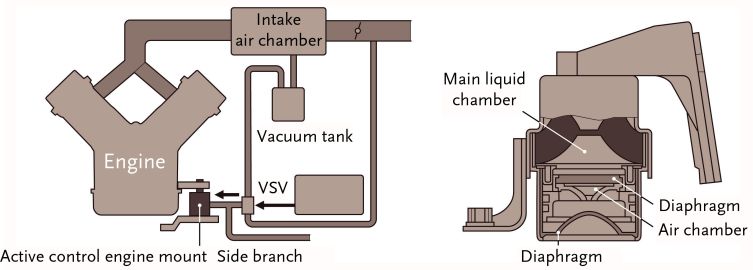
2. The Lexus RX 300 featured the first ever fully active engine control mount to improve NVH levels. Controlled directly by the combustion stroke of the engine, it used a solenoid-controlled diaphragm to create pulses that were equal but opposite to the engine’s movements.
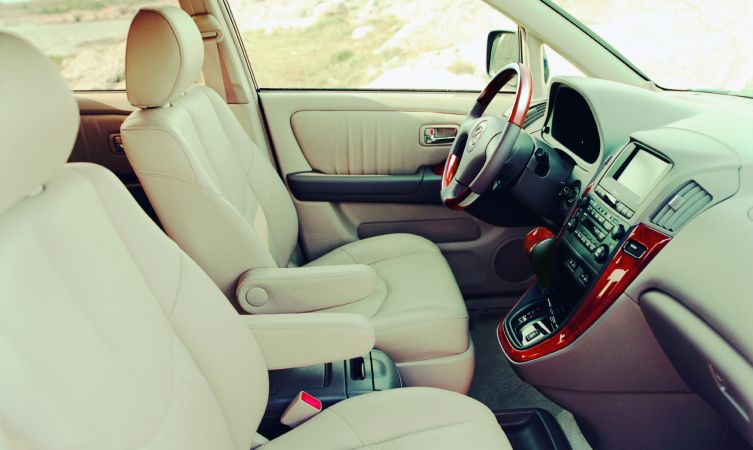
3. Most of the engineers chosen to lead the various development departments for the original Lexus RX had no previous experience in off-road models, meaning they came to the project with new ideas, not preconceptions.
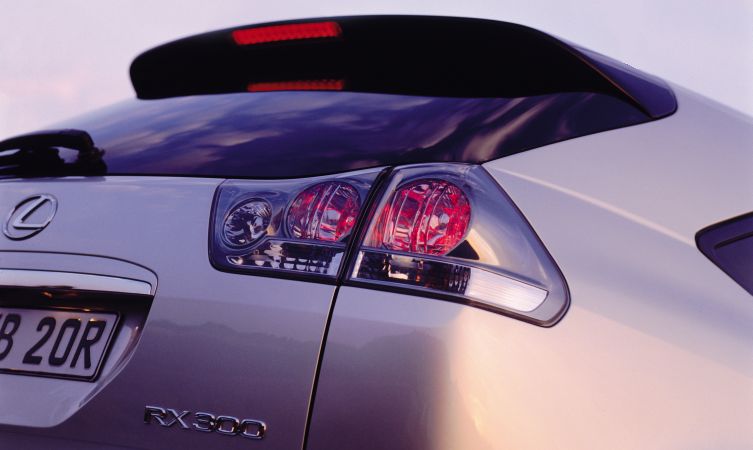
4. Lexus fitted energy efficient LED lights in the rear lenses of the RX model as far back as 2003. Not only did their use improve fuel economy by up to 0.8 per cent but the illuminating speed was 10 times faster than conventional filaments, equating to six metres of reaction time at 62mph.

5. The second-generation Lexus RX was the first SUV to feature adaptive front headlights. This intelligent system didn’t merely turn the headlight beam to match the steering angle, it calculated the optimum swivel based on vehicle speed and steering angle.
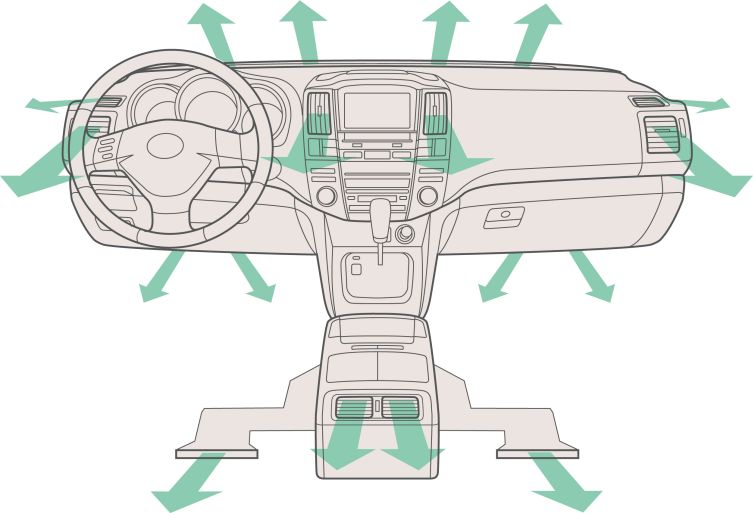
6. The sophisticated Neural Network Control air conditioning system in the second-generation Lexus RX was designed to simulate the information processing method found in the human brain. Rather than determine air temperature and blower volume from fixed calculations supplied by its sensors, the enhanced system contained data from a far wider collection of environmental conditions. For instance, it could recognise that people welcome a certain amount of solar radiation to feel comfortable in cold climates but that it becomes less comfortable in warm weather.
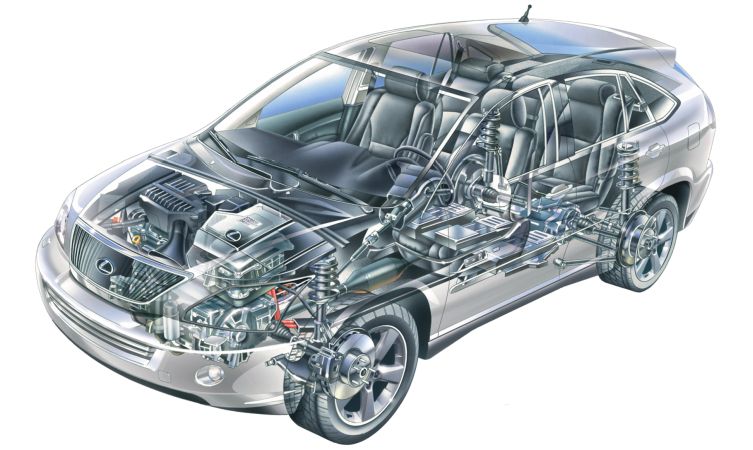
7. The launch of the Lexus RX 400h in 2005 was one of the most significant events in the manufacturer’s history, signalling the worldwide introduction of revolutionary new hybrid powerplant technology.
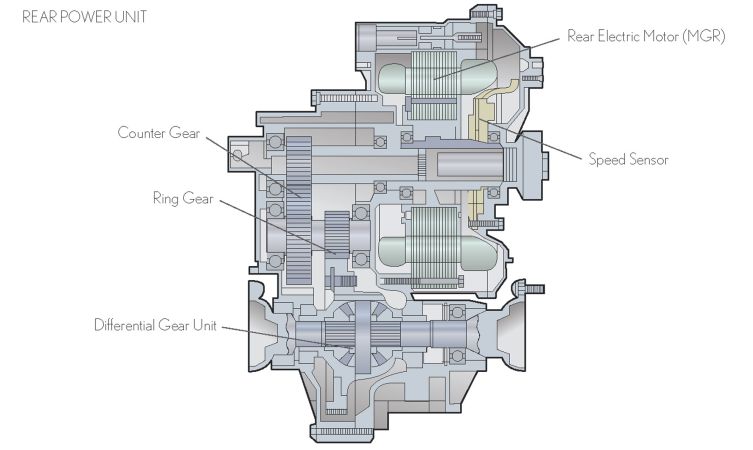
8. The introduction of E-Four electronic four-wheel drive allowed the Lexus RX 400h to deploy up to 66bhp to the rear wheels. This setup met the practical, everyday performance of a traditional mechanical four-wheel drive system but did so without heavy connections to the front-drive system and associated loss in fuel efficiency.
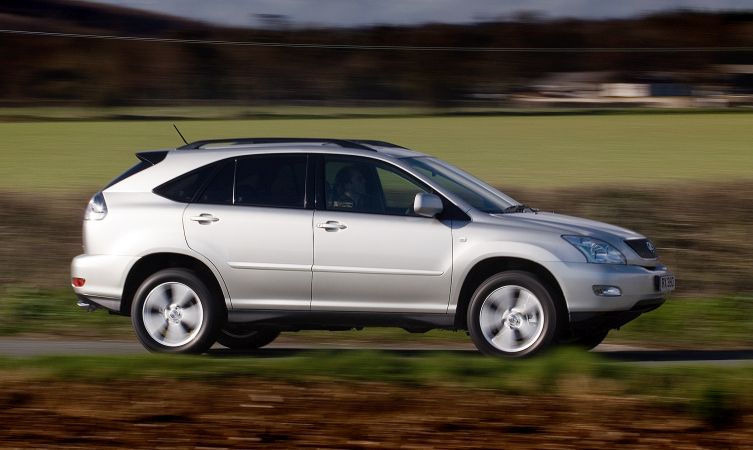
9. In less than 10 years from the model’s launch in 1997, the Lexus RX had sold over one million units worldwide. At that production milestone the model was outselling its European competitors in the important US market by a factor of more than three to one.
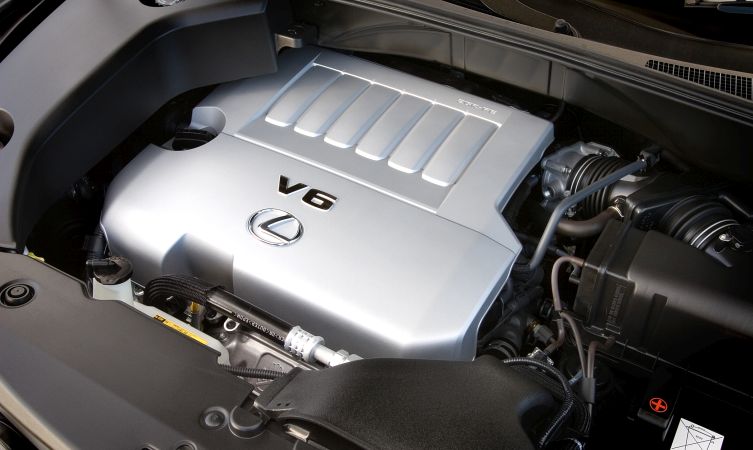
10. The Lexus RX 350 was the first vehicle in its segment to refine engine performance and fuel economy with variable valve timing on both intake and exhaust cycles. This made the RX 350 the most powerful, the fastest accelerating and most economical car in its class.
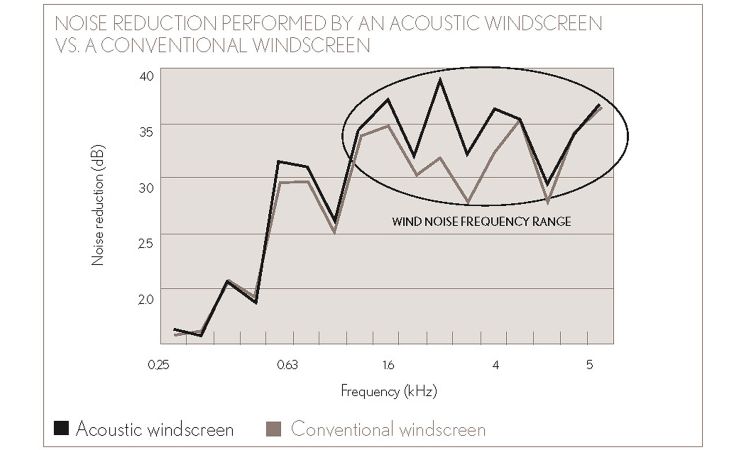
11. Class-leading noise and vibration levels in the facelifted second-generation Lexus RX were assisted by the inclusion of a new acoustic windscreen. The invisible inner film of this glass had high noise damping characteristics, which on its own was able to reduce cabin noise by up to 3dB when driving.

12. Before most manufacturers had even produced their first hybrid model, the 2009 Lexus RX 450h saw the debut of second-generation Lexus Hybrid Drive technology. The new powerplant launched three firsts for optimised fuel economy: Atkinson combustion cycle, cooled exhaust gas recirculation and exhaust heat recovery.
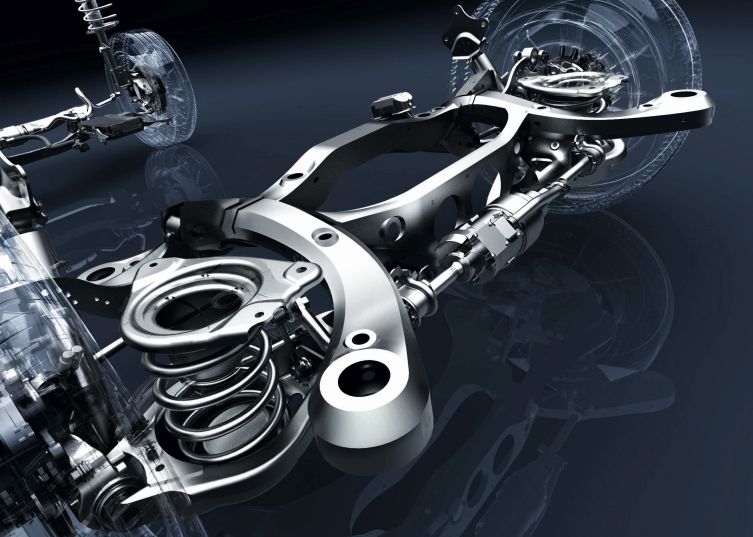
13. The Lexus RX 450h was available with the segment’s first Active Stabiliser System that used an actuator to apply torque to either side of the anti-roll to counteract cornering forces. When compared with conventional anti-roll bars, the system reduced body roll by up to 40 per cent in corners generating 0.5G.

14. As an integral part of the new Lexus Navigation System, the RX 450h was the first Lexus model to feature the innovative Remote Touch control system. Working on the same principles as a computer mouse, it offered tactile force feedback during operation.

15. The third-generation Lexus RX is built in Japan at the world’s first factory dedicated to hybrid unit production. Stringent controls are put in place to keep dust away from the vital panel stamping line, one of which is a three-metre high wall of water. Nicknamed ‘Niagara’, this constant flow of water traps more than 90 per cent of airborne particles and has resulted in a significant improvement in the quality of stamped panels.
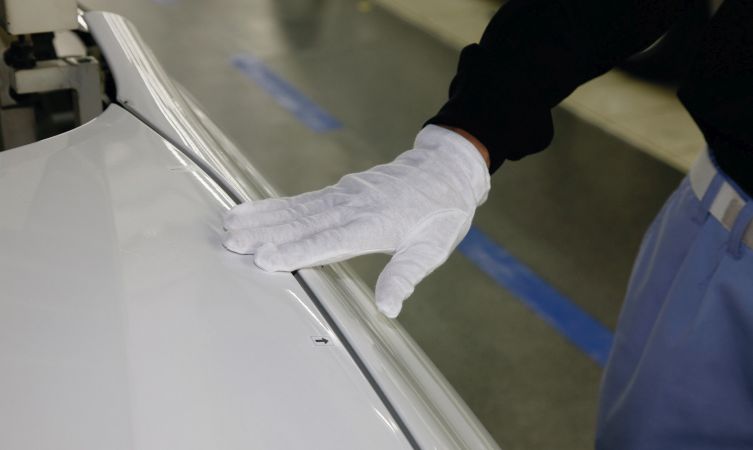
16. Before leaving the factory, every Lexus RX is subjected to a unique door closing speed inspection. Monitored by laser equipment, the inspector ensures the build quality is so precise that the door can be closed firmly with nothing more than the equivalent of fingertip pressure.
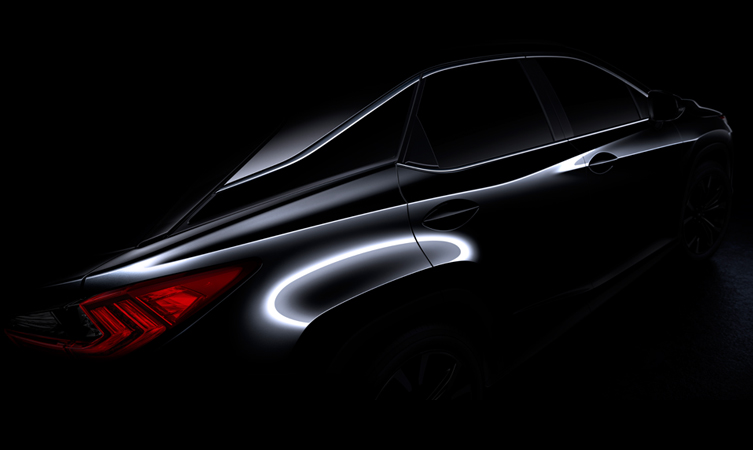
17. Like previous generations of RX, no stone has been left unturned in the pursuit of perfection for this model. The attention to detail is amazing. Take the simple cupholder, for example.
Lexus has produced a smart and simple world-first system that adapts the depth of the cupholder in the console according to whether you are using a cup or can, or a taller drinks bottle. The base of the unit is fitted with a sliding height adjustment mechanism: simply press down with your bottle to gain the maximum depth, or press the release button to bring the base up to the level appropriate for a cup or can. The adjustment range is 70 to 110mm.
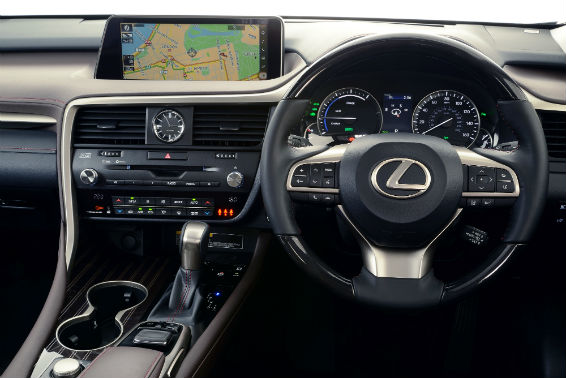
Read more: History of the Lexus RX
